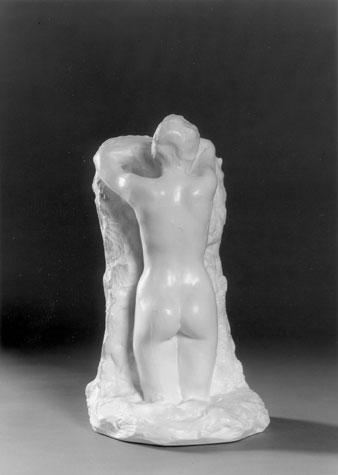 |
The artist creates a model, generally in plaster, clay, or wood. |
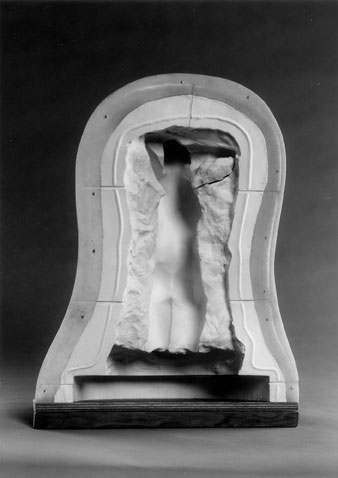 |
The model is put into a bed of very fine elastic (shapable) material held in place by a rigid outer mold. When the model is removed, its impression remains. |
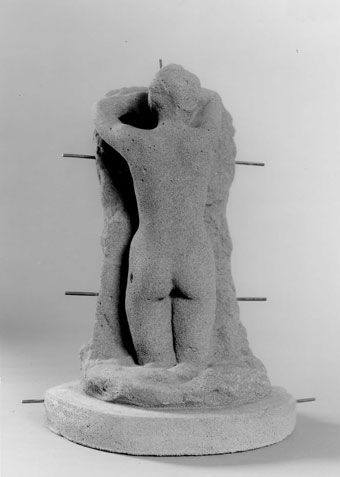 |
Fireproof clay is carefully put into the impression, making a sharply defined duplicate of the artist’s original model. |
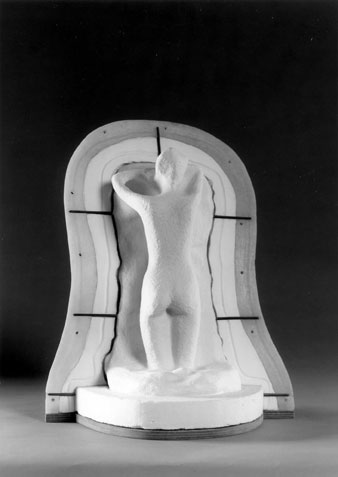 |
The surface of this second clay model is slightly scraped away. When this second model is returned to the mold, there is a gap between the model and the mold. This gap is where the wax will be poured. The final bronze will be of the same thickness as the gap that is created by the scraping. |
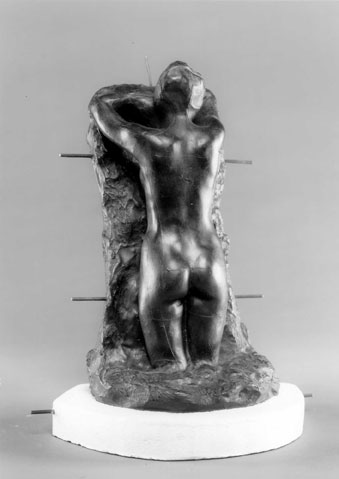 |
After closing the mold around the clay model, hot wax is poured into the gap between the model and the mold. The result is a clay model covered in wax, which is then hand-finished to fidelity, incorporating the artist’s signature, cast number, and a foundry seal. |
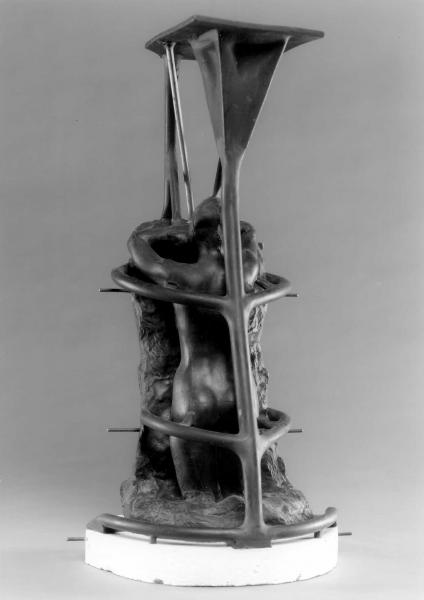 |
A network of wax pipes, called sprues and gates, is attached to the wax-covered model. These pipes first will allow the wax to escape as it melts. Later, they will enable the molten metal to flow evenly throughout the mold and will also let air escape as the metal is poured in. |
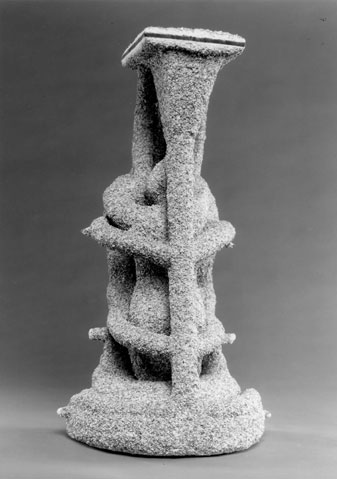 |
A finely granulated ceramic is applied to the surface of the model and its pipes until it becomes thick and coarse. The result, now called an “investment mold,” is then dried and heated. This causes the wax to melt and flow out of the mold, leaving a space between the fire resistant clay model and the investment mold. This is why this method is called the lost wax process. |
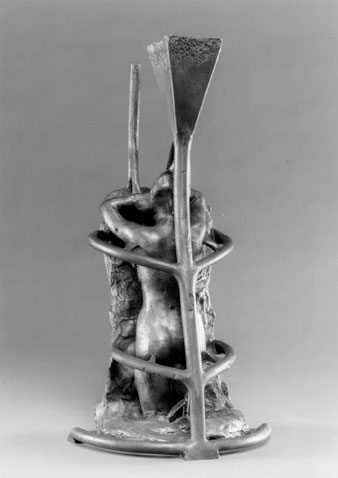 |
Except for a place to pour in the liquid bronze at the top, the mold is covered with a layer of cladding (a protective metal coating), which must be completely dry before bronze pouring begins. The investment mold is then heated to a high temperature (over 1,000 degrees Fahrenheit). |
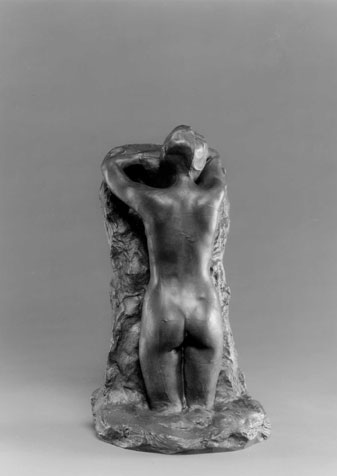 |
Molten bronze (over 2,000 degree Fahrenheit) is then poured into the investment mold, filling the space left by the “lost” wax. When all is cool, the cladding and investment mold are broken and the metal appears. The bronze sculpture and its sprues and gates are an exact reproduction of the wax in step 6. |
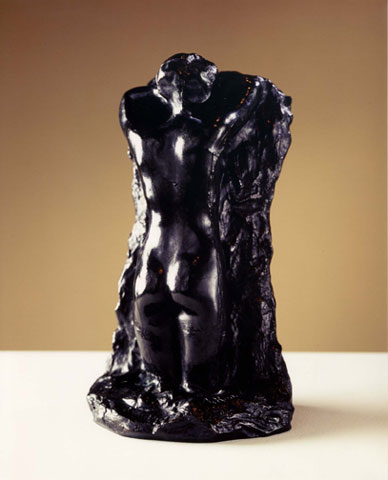 |
The network of sprues and gates is then removed and the surface of the bronze is chiseled and filed so that no trace of them can be seen. This process of hand-finishing the bronze to perfection is called chasing. Any remains of the fireproof clay model left inside the hollow bronze are removed now. |